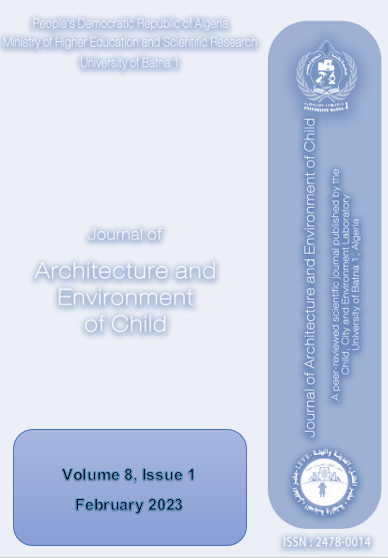Mosques Of The City Of Blida In The Ottoman Era
A distinguished architectural heritage Between memory and forgetting
Keywords:
Blida city, Ottoman era, Architectural features, Ibn Saadoun Ibn Baba Ali Mosque, Al-Turki Al-Hanafi MosqueAbstract
The city of Blida is the result of successive and overlapping transformations and developments, each of which has an urban and architectural balance added to its predecessor, and the imprints of generations met despite their differences, and gave them a distinct urban form. The traveler "Shao" mentioned that the city of Blida knew a thousand developments, which may seem a metaphor, but it bears a real indication of the change and development that the city has known, whose characteristics can be traced since the emergence of the first core of the city in 1535 AD until the end of the Ottoman era, when its urbanization expanded and increased construction in it.
Currently, some architectural monuments still exist, varying between housing, mosques, shrines and baths. In this research paper, we will address what the city of Blida preserves from mosques in the Ottoman period, and despite its scarcity, it is rich with authentic architectural elements that gave a real and clear picture of planning. The construction is due to the legacy of this period of time, and two mosques may remain, namely the mosque of Ibn Saadoun bin Baba Ali, and also the mosque of al-Turki al-Hanafi.

